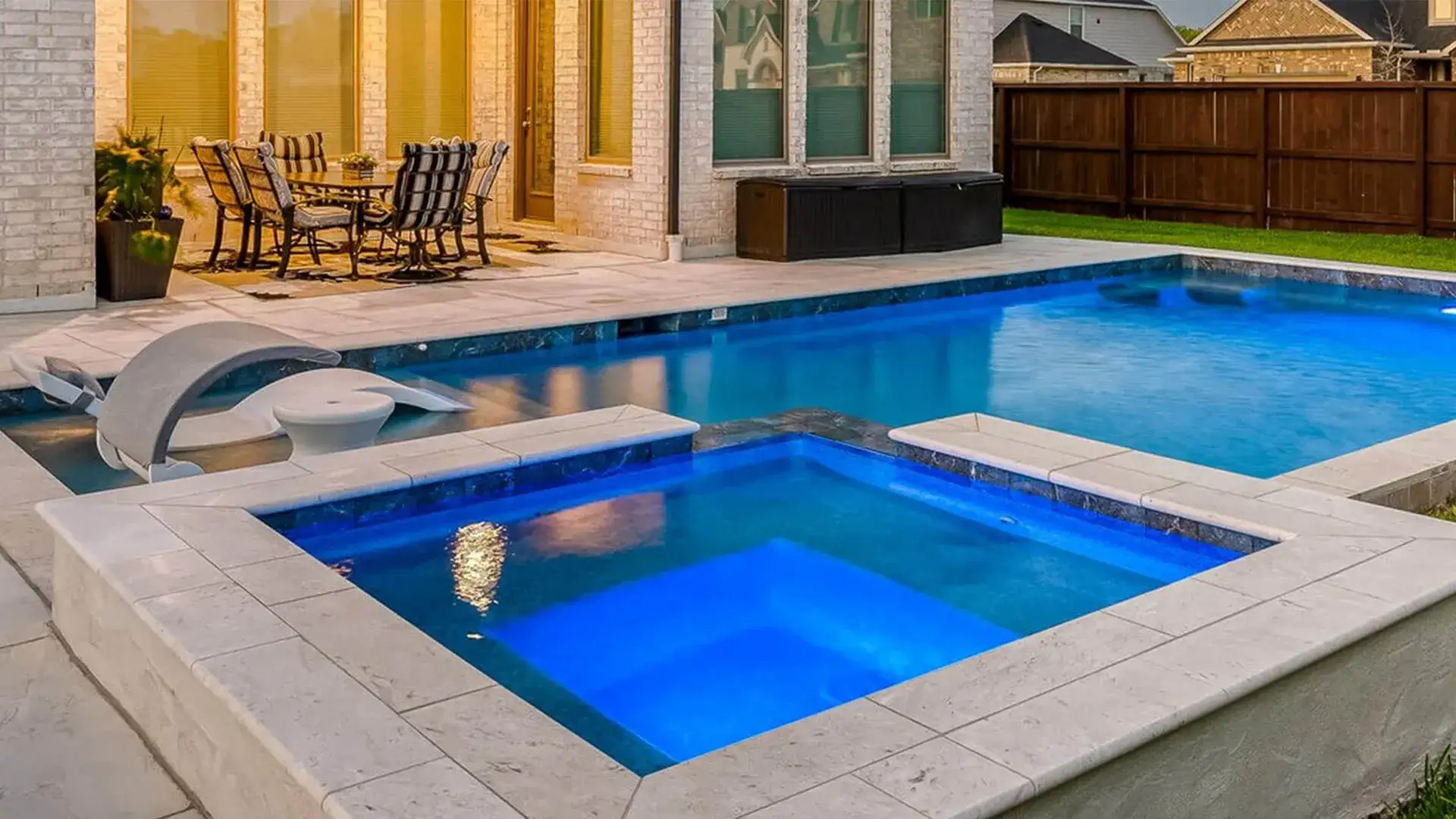Different Types and Sizes of Private Pools
For many Americans, adding a pool to their backyard or buying a home with a pool is ideal. After all, outdoor pools offer near-endless opportunities to get outside, be active, and entertain family and friends. While there variations on the backyard pool, often in the form of plastic kiddie pools or above-ground pools, the in-ground private pool is the most common. Don’t let the term common fool you though, as there are countless variations on the type and size of private pools across America.
Common Private Pools Length & Width
On the whole, rectangular pools and those with a similar shape (think kidney-shaped) have a typical length-to-width ratio of 2-to-1. Given that the size of your backyard determines how large your pool’s footprint can be, the typical backyard has a pool length and width that looks as follows:
- 16′ x 32′
- 18′ x 36′
- 20′ x 40′
There are, of course, variations on these figures. For example, more compact shapes (square, round, tear-drop, etc.) tend to be smaller overall with lengths that are generally equal to or very near that of the width of the pool.
Common Private Pools Shapes
Since we’re on the topic of shapes, let’s look at some of the common shapes you’ll find in backyards across America. As mentioned above, the rectangular private swimming pool is the most common shape you’ll find when visiting family or friends with a backyard pool. Rectangles are popular because they better facilitate varied depths in the water (more on that in a moment), and these shapes tend to fit backyards in a more efficient and attractive manner.
Also mentioned above, square and round pools offer an alternative on the shape of the rectangle pool not only from a visual standpoint, but also from a space standpoint. Those homeowners with less space to devote to a private pool often opt for a square or round pool. Beyond these three shapes, you’ll commonly find private pools in the following shapes:
- Oval: similar to rectangular pools in that both forms have rounded edges
- Kidney: similar to the oval, with rounded edges, but with a slight bend that allows for the integration of landscaping, a patio, or hot tub/spa
- L-Shaped: this type of pool is simply a private pool with a rectangular shape that has a second, shorter offshoot on it
- Freeform: still other pools have no designated shape, but instead are built to resemble the flow and curve of shorelines on natural bodies of water
Common Private Pool Depths
If there’s one aspect of a private pool in your backyard that is almost unlimited, it is the depth of your pool. No matter how small your lot, it is easy to dig down in most cases to achieve the depth you want in your pool. With that said, the typical rectangular private pool has a shallow-end depth of just 3 feet and a deep-end depth of 6 feet.
Many square and round private pools have a uniform depth throughout the swimming area. Plunge pools are gaining popularity, and as the name suggests, these private pools offer a compact design with greater depth.
Common Private Pool Materials
The average private pool you’ll find in backyards is made from one of four different materials. The most common materials used in the construction of private pools are concrete, fiberglass, vinyl, and tile. Concrete pools are the most expensive in many cases, but often provide the greatest longevity. Vinyl is the most economical in many cases, though it doesn’t offer the greatest longevity against the elements and time.
Fiberglass and tile are newer options in the construction of private pools. Fiberglass pools are pre-molded structures that are filled with water and backfilled underneath with sand simultaneously to avoid bowing. Tiles are used to create a swimming pool that is equal parts entertainment space and outdoor artwork.
Without doubt, we’ve seen a great deal of variety in the proliferation and construction of private pools. The above merely offers a general overview of the most common private pool styles, shapes, and dimensions.
Contribution Sean Jones









